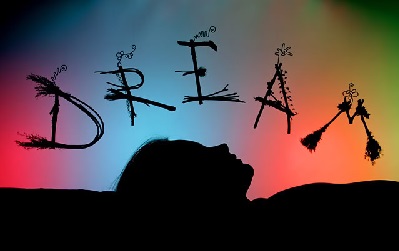 Kathie Bergquist teaches young people how to write. Aside from learning craft and technique, Bergquist teaches youth the necessary–and perhaps most difficult–writing skill of believing in yourself as a writer. This summer, Bergquist is teaching a 7-week young writers program in Chicago in which the youth are paid for their involvement and work. Here, Bergquist speaks about the necessity of encouraging youth to write, and what adults can do in order to foster a writing practice in a youth’s life.
Kathie Bergquist teaches young people how to write. Aside from learning craft and technique, Bergquist teaches youth the necessary–and perhaps most difficult–writing skill of believing in yourself as a writer. This summer, Bergquist is teaching a 7-week young writers program in Chicago in which the youth are paid for their involvement and work. Here, Bergquist speaks about the necessity of encouraging youth to write, and what adults can do in order to foster a writing practice in a youth’s life.
Chelsey Clammer: How did you become involved in working with youth on their writing?
Kathie Bergquist: In my graduate program at Columbia College Chicago I had the opportunity to work with Chicago Public School children. It was so much fun and all kinds of awesome.
CC:What sort of writing do you do with them?
KB: I like to play around with different narrative forms: dream stories and folk and fairy tales, for example. How-Tos are fun. I also model a lot of realist work about children’s lives and try to help them identify and tap into the real stories of their own worlds – to see the potential of storytelling where they had not previously thought to look.
CC:Last summer you worked with ten kids in a young author’s club. What were some of the highlights from that experience?
KB: Something I see time and again – how open kids are, how free the reigns of their imaginations, and how thoughtful and supportive they are as audiences for each other’s work. It’s actually very refreshing and inspiring, compared to adult workshops.
CC:This summer you are teaching creative writing to high school students for a Summer Matters program in Chicago. Can you tell me more about that program and what your lessons are like?
KB: Summer Matters is a city-wide civic program that gives high school kids an opportunity to try their hands at a wide array of creative and professional fields, from creative writing to designing skateboards to mosaics and musical theater, to culinary arts and health science. Interested students have to apply and interview for positions – my co-teacher and I interviewed more than 150 kids for 35 spots – and they get paid a pretty nice stipend for their participation. It’s treated like a professional internship.
We meet for four hours a day, five days a week, for seven weeks. That time includes twice-weekly generative writing workshops, field trips, and professional visitors (we’re having a published author, a performer from Second City, and a professional storyteller this summer), plus ample time for self-directed reading and writing. Any working adult writer would be jealous and covetous of the experience, I am quite sure!
CC:Do you think there are any societal barriers that can prevent youth from exploring creative writing?
KB: Something that is really important to a child’s aptitude for reading and writing is the value that is placed on these activities in the home, and within their communities. You might assume that for an economically disadvantaged or socially marginalized family, less value is placed on abstract literacy skills and more on vocational skills that can tangibly lead to employment, but I have not found this to be true. Our team for Summer Matters represents a very wide range of culture, class, and ethnicity from every corner and neighborhood of Chicago: public school kids from the impoverished south and west side and private school kids from affluent Lincoln Park. Somewhere along the lines of their lives someone has demonstrated to them that reading and writing are fun, interesting and worthy pursuits, and these kids have taken that to heart.
CC:What do you think youth gain from writing? Do their perspectives of themselves and the world shift as they pursue creative writing?
KB: Creative writing helps affirm to young people that their experiences and lives are interesting and have value and merit. It gives them confidence in the power of their own voices and that their voices and perspectives matter. It also allows students to practice abstract thinking and creative problem solving (what happens next? What needs to happen to get this story where you want it to be?), which are higher levels of thinking. Reading fiction has been demonstrated to increase a person’s empathy, their ability to put themselves in someone else’s shoes and understand that the world is bigger than their small fraction of it. How can you even quantify the value of any of these individual outcomes, let alone all of them in combination?
CC:What are some of the challenges you face in teaching creative writing to youth?
KB: They are often the same challenges I get teaching creative writing to adults – getting them to trust their voices and their imaginations, to not censor themselves or pull back; encouraging them to keep going, to not give up when things get hard or when they’ve written themselves into a corner, but rather to see these challenges as an opportunity to really let the story explode in new and surprising ways. To not be too invested in a predetermined outcome, but rather be open to delight and surprise. And then, to have the discipline and patience to go back with awl, chisel, and axe, and give shape to what they have wrought. To practice faith in the process. These are also the challenges I face as a writer.
CC:How can an adult support and encourage youth to explore creative writing?
KB: Model the value of reading and writing through your actions. Instead of watching TV after dinner, make it family reading time. Don’t just tell them to read; let them see you reading. Have a book around. Buy a kid a journal and treat their journal as 100% private and sacred. Keep pens and notebooks in the house. Get a kid a library card and make trips to the library a regular occurrence. Let them join a kids’ book club. Tell campfire stories to each other. When they are reading assigned books for school, read along with them so you can discuss it. Bring them to literary events where published writers are reading from their work. Introduce them to your own favorite books. If they are engaged with reading or writing, respect that and give them time and space.
CC:Would you like to say anything else?
KB: Kids who are encouraged to read and write are more confident, more thoughtful, generally more intelligent, intuitive, creative, and empathic. Young people have access to imaginative facilities that adults tend to shut down or censor. Einstein used visualization, abstract thinking, and a creative imagination to develop the theory of relativity. Put it together.
Kathie Bergquist is the author of five books, most recently A Field Guide to Gay and Lesbian Chicago, co-authored with Robert McDonald. She edited the anthology Windy City Queer: LGBTQ Writing from the Third Coast and is editor-in-chief of www.msfitmag.com. Her essays, stories, and poems have appeared in numerous publications. She teaches creative writing at Columbia College Chicago.
Chelsey Clammer received her MA in Women’s Studies from Loyola University Chicago, and is currently enrolled in the Rainier Writing Workshop MFA program. She has been published in The Rumpus, Atticus Review, and The Nervous Breakdown among many others. She has won many awards, most recently the Owl of Minerva Award 2014 from the women’s literary journal Minerva Rising. Clammer is the Managing Editor and Nonfiction Editor for The Doctor T.J. Eckleburg Review, as well as a columnist and workshop instructor for the journal. Her first collection of essays, There is Nothing Else to See Here, is forthcoming from The Lit Pub, Winter 2014. You can read more of her writing at: www.chelseyclammer.com.

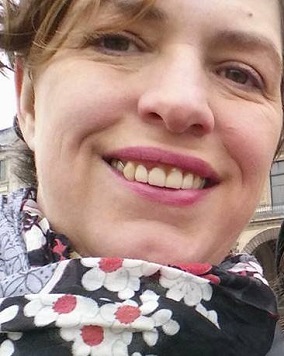
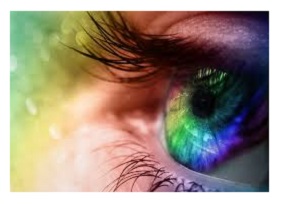

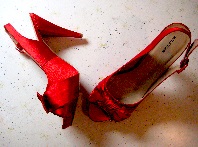 Broken Things
Broken Things  Patti Smith
Patti Smith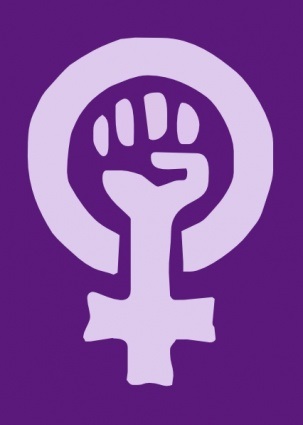 The Dream of Social Justice
The Dream of Social Justice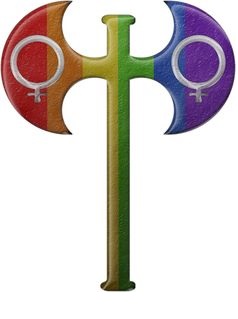 Double-Sided Axe
Double-Sided Axe 